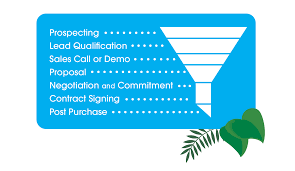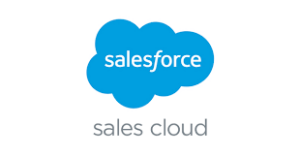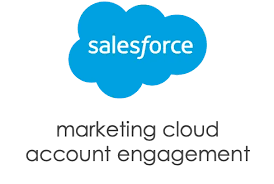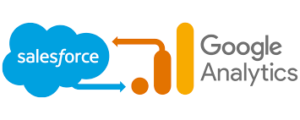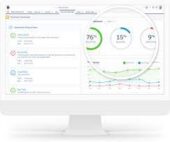Does Salesforce offer forecasting capabilities? Salesforce Pipeline Forecasting Tools.
Indeed, Salesforce provides a robust suite of customizable forecasting tools, revolutionizing strategic planning by infusing data-driven insights into decision-making processes, moving away from reliance on intuition or guesswork.
Salesforce Collaborative Forecasting empowers sales leaders with visibility into future sales bookings or revenue. Real-life success stories from companies like Pure Storage and Nitro underscore the tangible benefits of leveraging forecasting within Salesforce. This feature supports matrix sales organizations by tracking revenue splits or overlays and offers the flexibility of forecasting by custom fields.
What is pipeline forecast management in Salesforce and Salesforce Pipeline Forecasting Tools?
Pipeline management encompasses the active oversight of all sales opportunities as they progress through a multi-step sales cycle towards a successful close. Salesforce’s forecasting features, including Collaborative Forecasting, address the challenge of obtaining accurate forecasts by leveraging abundant data and reporting tools. This ensures a comprehensive understanding of opportunities in the pipeline and facilitates strategies to advance deals.
Why is forecasting important in Salesforce?
Sales forecasts in Salesforce play a critical role in anticipating potential challenges before they materialize, allowing ample time for preparation and risk mitigation. This proactive approach enables businesses to navigate hurdles effectively.
Salesforce Forecasting is strategic planning, demand planning, and revenue forecasting software that harnesses collaborative data for precise future projections. The customizable software enables businesses to base strategic planning on empirical data rather than conjecture. The Collaborative Forecast feature in Salesforce Sales Cloud provides real-time views of team forecasts, supporting automatic roll-ups, quota attainment visibility, collaboration, and various forecast types.
Salesforce Sales Cloud offers two methods for forecasting: non-cumulative and cumulative. Non-cumulative forecasting reports closed, committed, best case, and pipeline numbers separately, while Cumulative Forecast provides more comprehensive data aggregation across forecast categories, including closed, committed, best case, and open pipeline.
Sales forecasting, a technique for predicting expected sales revenue, relies on a company’s historical data. Salesforce forecasting tools facilitate this process by providing robust analytical capabilities.
What are the Salesforce forecasting stages?
Forecast Category groups opportunities within the sales cycle based on their stage. Standard forecast categories include Pipeline, Best Case, Commit, Omitted, and Closed.
What is the difference between forecasting and pipeline in Salesforce?
While pipeline management focuses on advancing opportunities through the purchasing process, forecasting predicts future sales from a segment of the pipeline.
Is Tableau a forecasting tool?
Yes, Tableau Desktop offers forecasting capabilities for quantitative time-series data using exponential smoothing models, capturing evolving trends and seasonality effectively.
What is the difference between pipeline and workflow?
Pipelines govern the end-to-end flow of items through stages, while workflows manage status changes throughout an item‘s lifecycle.
What is the difference between pipeline and funnel in Salesforce?
A pipeline represents the sales rep’s perspective and process for closing deals, whereas the funnel illustrates the customer’s buyer journey phases.
Is forecasting a KPI?
Absolutely, revenue forecasting accuracy serves as a fundamental Key Performance Indicator (KPI), comparing forecasted revenue with actual revenue for a given period to gauge performance effectively.

